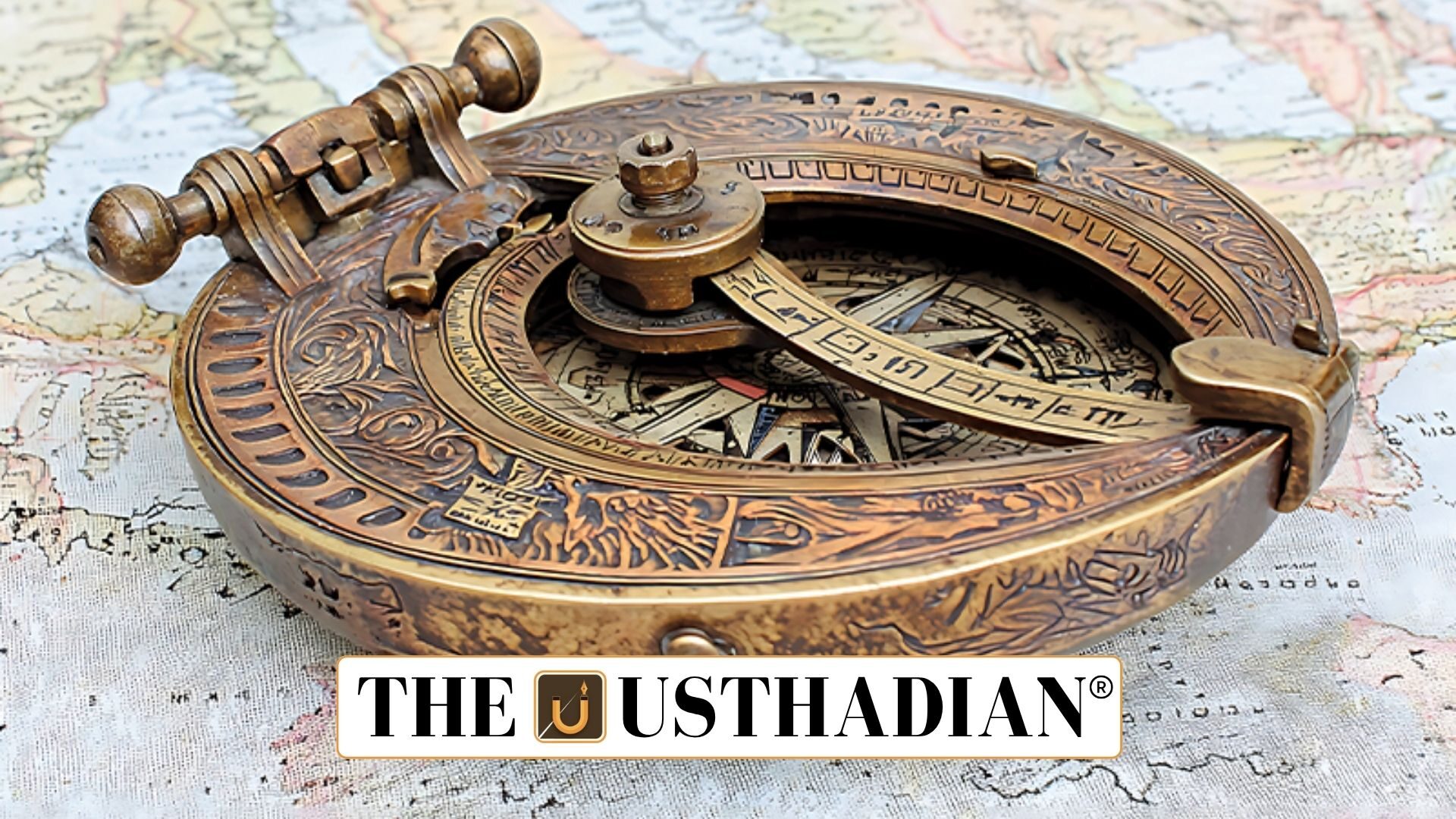Excavation reveals rare artefact
Ancient Astrolabe Found at Raigad Fort: In a fascinating turn of events, archaeologists at Raigad Fort have unearthed something truly special—a copper-bronze astrolabe, also called ‘yantraraj’. This discovery is not just an object; it’s a glimpse into India’s scientific past during the reign of Chhatrapati Shivaji Maharaj. Conducted by the Archaeological Survey of India (ASI) along with the Raigad Development Authority, the excavation covered several historical spots inside the fort and took place over the past few years.
History of Raigad Fort
Perched high in the Sahyadri hills of North Konkan, Maharashtra, Raigad Fort is surrounded by deep valleys, making it strategically secure. Originally constructed by Chandraraoji More, a local feudal lord, it was seized by Shivaji in 1656 CE and renamed from Rairi to Raigad, which means “royal fort”.
This fortress wasn’t just a military outpost—it became the capital of the Maratha Empire. Over the years, it passed through several hands, from Fateh Khan of the Ahmadnagar Sultanate (1707 CE) to the British in 1818 CE, who overpowered it with cannon bombardment. The British even called it the “Gibraltar of the East” because of its unyielding strength and height.
Notable sites inside the fort
From the Maha Darwaja (a grand entrance with towering bastions) to the Ranivasa (chambers used by the queens), Raigad Fort is rich with Maratha architecture. Other key structures include:
- Nagarkhana Darwaja facing the royal throne
- Jagadishwar Temple, which remains functional
- Ganga Sagar, an artificial lake
- Samadhi of Shivaji Maharaj, marking the site of his final resting place
What makes the astrolabe unique?
The astrolabe found is not the usual circular one seen in textbooks. This one is rectangular, crafted from copper-bronze, and carries Sanskrit and Devanagari inscriptions. What’s more, it has animal engravings resembling a tortoise or snake, with markings for ‘mukh’ (head) and ‘poonchh’ (tail). Experts believe it was used to determine directions, especially the north-south axis.
This particular device is dated to Shaka 1519, which corresponds to 1597 CE—even before Shivaji took over the fort. It likely played a role during the fort’s renovation in 1656 and Shivaji’s coronation in 1674 CE.
Impact on our understanding of history
The presence of such a precise astronomical tool points to the Maratha Empire’s advanced knowledge of science and navigation. This could mean that astronomy played a role in fort planning and possibly even in governance.
According to Sambhajiraje Chhatrapati, the astrolabe could hold clues about Shivaji’s administrative strategies. Similar tools were used by mariners and astrologers, indicating the empire’s interest in both astronomy and navigation.
Conservation and future plans
Thanks to continued conservation efforts, Raigad has also yielded Shivrai coins, clay utensils, weapons, and more. These are being preserved by ASI Mumbai Circle. The newly discovered astrolabe will be chemically treated and is expected to go on display in a Mumbai museum soon.
Researchers believe this is just the beginning. Further analysis might reveal more about Maratha naval technology, astronomy, and even governance techniques.
Static Usthadian Current Affairs Table
Ancient Astrolabe Found at Raigad Fort:
| Topic | Detail |
| Location of Raigad Fort | North Konkan, Sahyadri Hills, Maharashtra |
| Built by | Chandraraoji More |
| Captured by Shivaji | 1656 CE |
| Capital of Maratha Empire | Under Shivaji Maharaj |
| British capture of Raigad | 1818 CE |
| Unique discovery | Copper-bronze Astrolabe (Yantraraj) |
| Date of Astrolabe | Shaka 1519 / 1597 CE |
| Inscriptions | Sanskrit and Devanagari |
| Key Fort Structures | Maha Darwaja, Ranivasa, Ganga Sagar Lake, Jagadishwar Mandir |
| Conservation by | ASI Mumbai Circle |
| Maratha Era Coin | Shivrai |
| Scientific Use | Navigation, Astronomy, Directional alignment |








